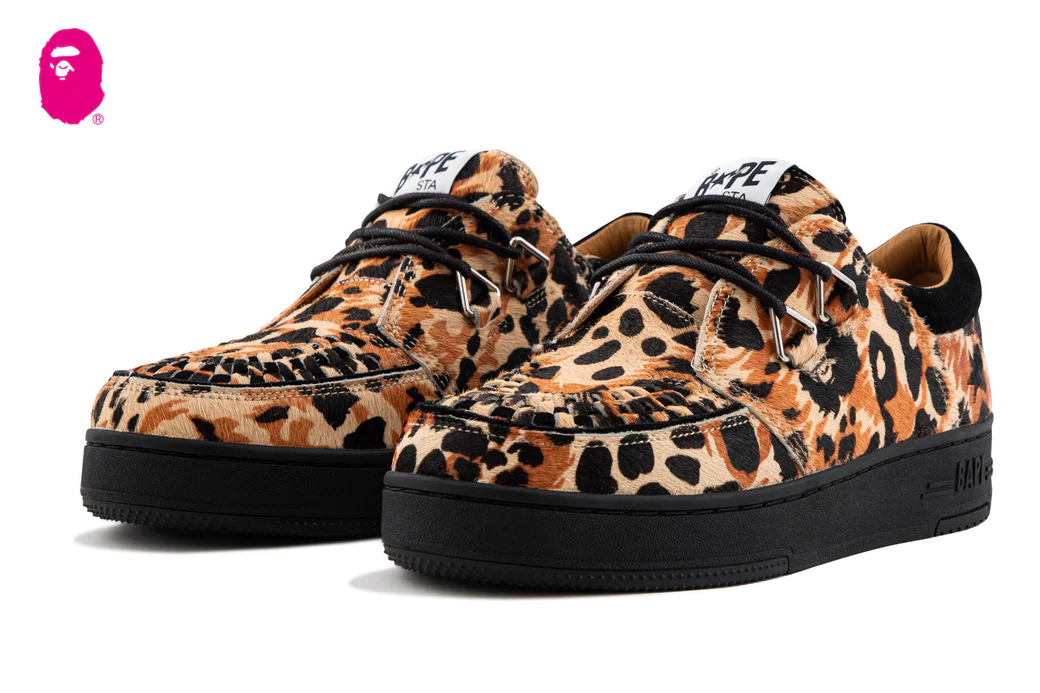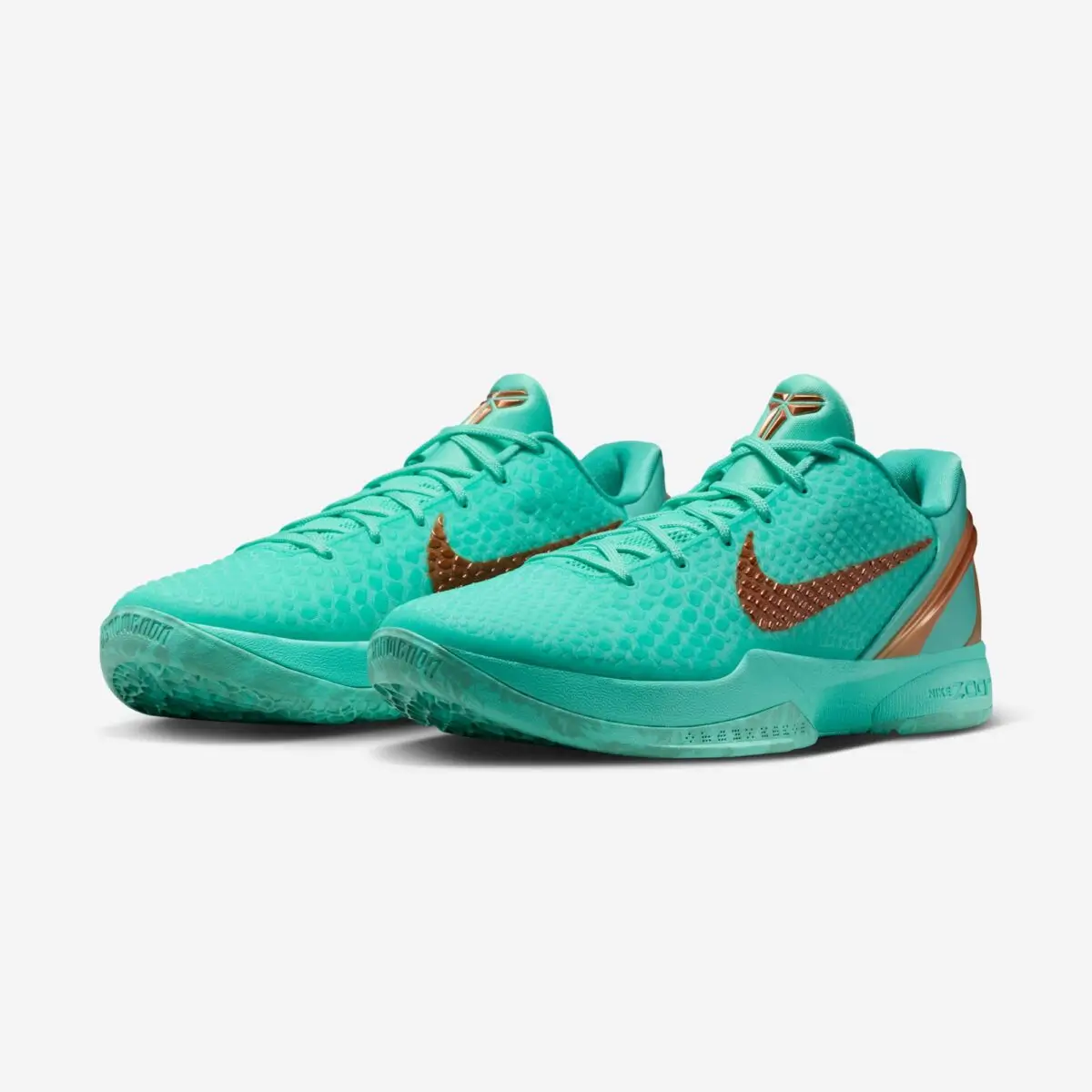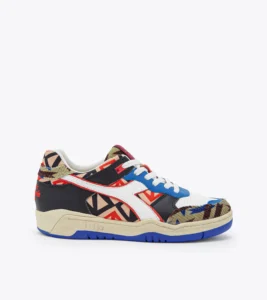In the ever-evolving landscape of connective design, where footwear is no longer mere utility but a vessel for identity, culture, and experimental materiality, Salehe Bembury has emerged not as a disruptor—but a cultivator.
With his latest offering—the Salehe Bembury x Juniper ‘Apricot’—the designer shifts again, this time moving with unexpected softness, rendering a piece of footwear that feels both familiar and unplaceable. A slipper. A clog. A sculpture.
The Seed of Intention: Bembury’s Footprint in Footwear
Before we step into Apricot, it’s essential to acknowledge the soil from which it grew. Salehe Bembury is not new to reimagining utilitarian footwear. From his trailblazing efforts with Crocs and New Balance to his experimental textures drawn from biomimicry and topography, Bembury has made a name for himself as someone who balances functionality with abstract form. Each piece often mimics landscapes: coral ridges, canyon walls, fingerprint swirls—less footwear, more earthbound artifact.
His work with Juniper marks a new chapter. Juniper, a sustainable footwear company rooted in plant-based materials and minimalist construction, is a natural partner for Bembury. Their shared ethos—reduction of visual and environmental noise—renders this collaboration less like a loud marketing drop and more like a whispered revelation.
The Fruit Itself: ‘Apricot’ in Form and Hue
The Apricot is named with intention. Unlike Bembury’s previous color-naming conventions that gravitated toward geological terms (Urchin, Yurt, Cobbler), Apricot is soft, sweet, and fragrant. The name alone breaks from his masculine tonal past and steps toward something lighter, more edible. A quiet rebellion.
Its color is not merely apricot—it is a blurred gradient of sunset peach and stonefruit flesh, like the golden hour seen through the veil of morning fog. The upper, a single piece of molded bio-EVA, appears porous yet dense, smooth yet undulating. It resembles a gourd carved by wind erosion, or a peach pit rendered in 3D. The design leans away from the skeuomorphic, avoiding literal fruit references, and instead lets color and silhouette allude.
Each pair is made with Juniper’s signature algae-based foam compound, engineered for lower carbon emissions and higher biodegradability. The texture recalls natural erosion—organic ripples and sunken pathways—which Bembury has repeatedly explored across past collections. But Apricot is stripped back. There are no laces, no overlays, no sculptural swells that demand explanation. This is restraint at work.
Anatomy of Wear: Structure and Functionality
The footbed cradles like a petal curl. Deep heel cups and contoured arches define the silhouette internally, while externally, the clog appears monolithic. The vent patterns—carefully placed along medial and lateral walls—offer breathability without disrupting the visual harmony. There is an almost aquatic essence to its construction, as if it were made to float down a calm river or rest beside a stone bath.
The outsole, meanwhile, is where Bembury’s signature fingerprint pattern returns, not as overt branding, but as subtle tactility. It grips urban pavements and nature trails alike with equal elegance, a nod to the duality of his design ethos—high fashion, low impact.
There is no branding on the exterior of the shoe aside from a barely embossed Salehe Bembury x Juniper along the heel spine—whispered rather than shouted. In a climate of logo-mania and inflated status signaling, this restraint feels radical. It suggests a product made for those who know, not for those who need to be seen knowing.
Ecology as Aesthetic: Sustainability as Substance
Juniper’s philosophy is rooted in one simple idea: everything should return. The Apricot is produced using a proprietary blend of natural fibers and bio-EVA that breaks down far faster than traditional petroleum-based foams. Salehe Bembury, who often infuses his designs with ecological signifiers, uses this partnership to align visuals with substance.
This is not just sustainability painted on the surface—it is embedded in the shoe’s DNA. The packaging is fully compostable, shipped in unbleached pulp formed to the shape of the clog. Even the insole bears notes of mycelium texture, evoking natural growth beneath the ground.
Where many designers use greenwashing as a means of adding “conscious” credibility, Bembury’s Apricot feels less performative, more prayerful.
Cultural Landing: Who Wears the Apricot?
The Apricot does not chase trends; it circumvents them. It arrives in a moment where post-sneaker culture is shifting toward recovery shoes, mules, and architectural slippers—where minimalism is no longer the absence of design, but the climax of refinement.
Its likely wearers? The post-streetwear generation that has grown weary of artificial scarcity and is turning inward—architects, stylists, visual thinkers, gardeners, and spiritual nomads. Those who walk barefoot when they can, but wear clogs that feel like earth when they can’t.
Whether lounging on adobe stairs in Marfa, descending museum steps in Tokyo, or traversing the eucalyptus-shaded trails of Topanga Canyon, the Apricot is not made for the moment. It is made for a lifestyle that rejects moments in favor of movement.
A Taste of the Future
To wear the Salehe Bembury x Juniper Apricot is to walk in something familiar yet unseen—a reminder that innovation need not be mechanical, futuristic, or loud. It can be slow. Subtle. Rooted. As with its namesake fruit, the exterior is tender yet resilient, the inside rich with intent. It asks little of its wearer—no cords to tie, no fit to adjust—just presence.
There is, finally, a spiritual quality to the Apricot. Not in any religious sense, but in its capacity to feel intentional, meditative, sincere. In a landscape oversaturated with performance claims and cultural capital, Apricot reminds us that perhaps the best design doesn’t shout. It ripens quietly.
No comments yet.









